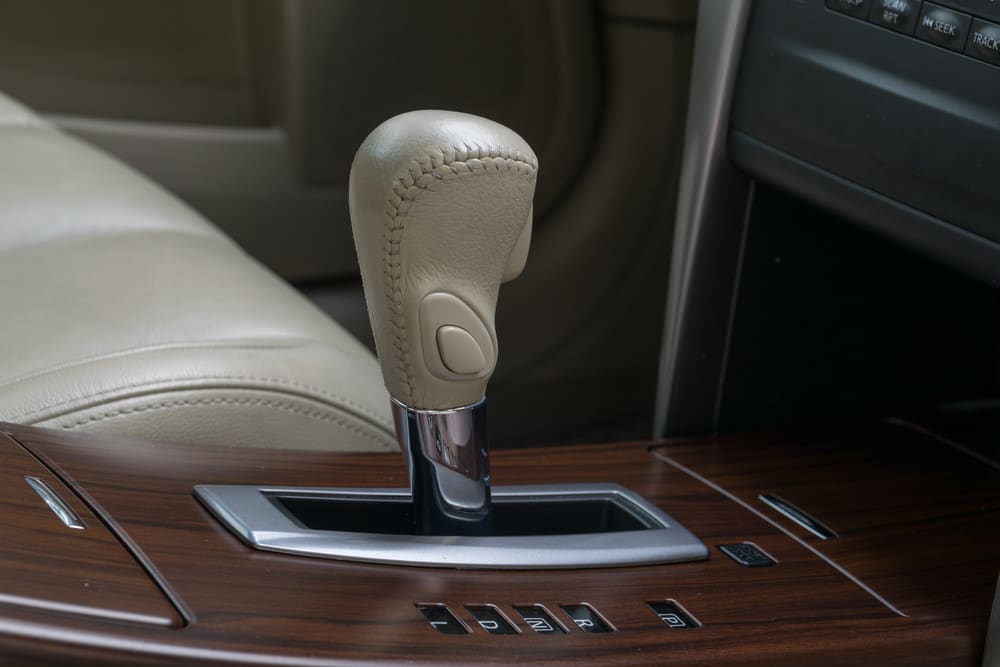

Most of the time we think of a clutch in the context of a manual transmission. An automatic transmission does have a clutch system, but usually only a mechanic would refer to it as such. Your automatic transmission performs the same function as a manual transmission – it just does it a little differently.
Automatic transmission basics
Automatic transmissions contain an amazing amount of parts, all of which come together in what’s known as a torque converter system. Your engine and your transmission meet at the bell housing, which contains a torque converter for automatic cars, as opposed to a clutch for a manual transmission. The torque converter connects the engine and the transmission so that the wheels will turn. Planetary gear sets provide the different gear ratios.
The torque converter contains a turbine, an impeller, a stator, and a lock-up clutch (so there you go – your automatic transmission DOES contain a clutch). The impeller is part of the housing of the torque converter, and is connected to the engine. It drives the turbine by means of transmission fluid, and then returns the fluid from the turbine.
Meanwhile, the stator is resting between the turbine and the impeller, minimizing churning loss and increasing torque output by redirecting the fluid from the turbine to the impeller, helping it to move and adding to motor torque. The stator can only rotate one way, so it either rotates with the impeller or doesn’t move at all. The stator gives you more torque when you’re at idle, but not when you’re at highway speed.
Planetary gear set
Now you know how the engine delivers power to the transmission. But how does your automatic transmission change gears? It does it by means of a planetary gear set. It gets its name because it consists of a main, or sun, gear in the middle. There are other gears that rotate around the sun, a planet carrier that connects them, and a ring gear that meshes with the planet gears. The whole system works on the principle of using clutches and brakes to keep various components from moving, so you can change your gear ratio without needing to engage different gears, as you would with a manual transmission – they’re already engaged for you. We could go into much greater detail here, but you have the basics at this point.
The fluid pump
Now, how exactly do clutches and brakes in an automatic car work to change the gears? The key is the fluid pump, working along with the torque converter. The torque converter essentially drives the fluid pump, and the pressure coming from the pump activates the brakes and clutches in the planetary gear set. A rotor spins in the pump housing and creates chambers that create a change in volume. As the volume decreases, the fluid is either pumped or compressed as the gears mesh. Then hydraulic signals are sent to your automatic transmission, by means of clutches and band brakes, locking the torque converter.
Mechanics spend weeks in class learning about automatic transmissions. This is essentially a brief overview to outline a bit about how an automatic transmission works, and to answer the question “does an automatic transmission have a clutch?” Yes, it does!



